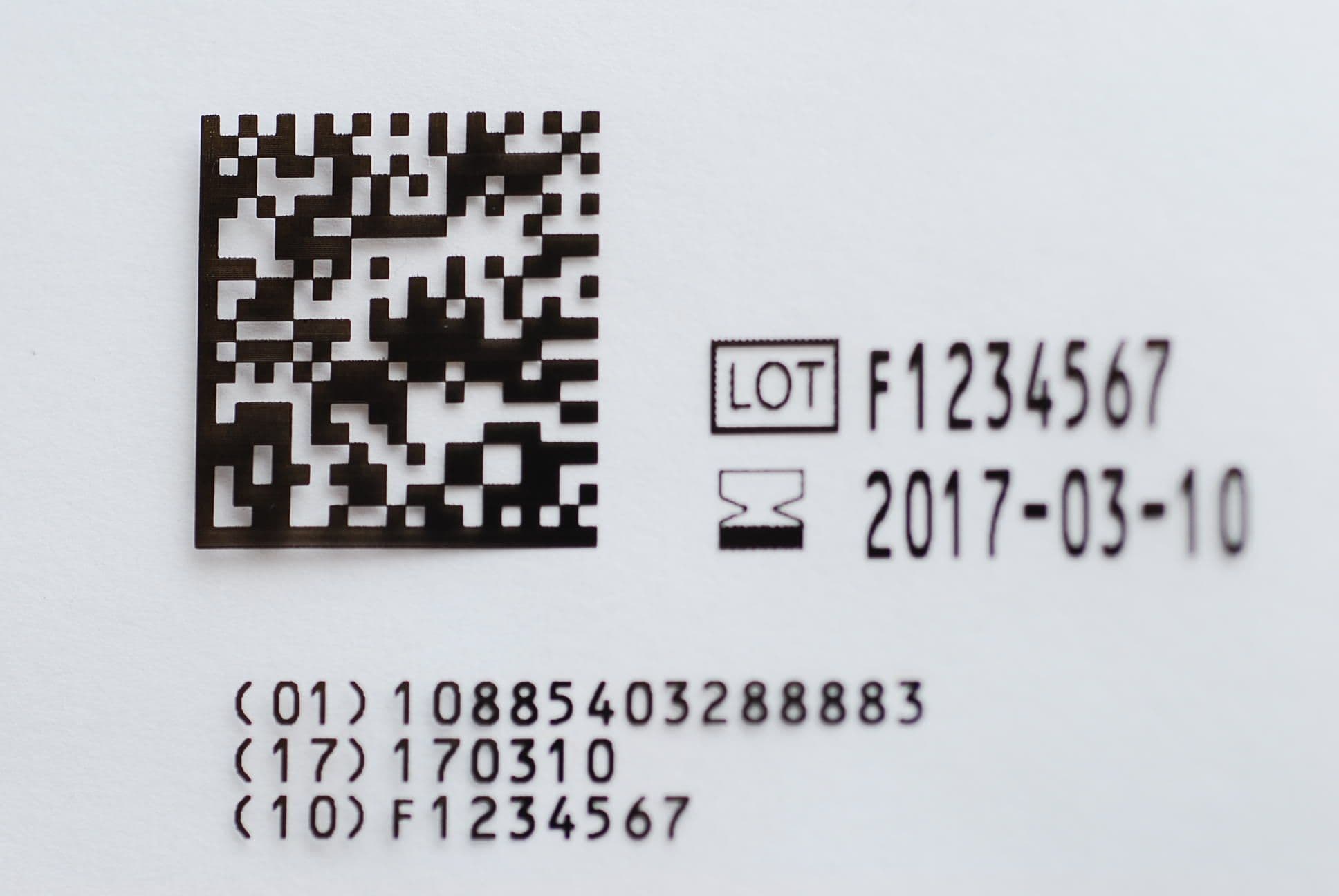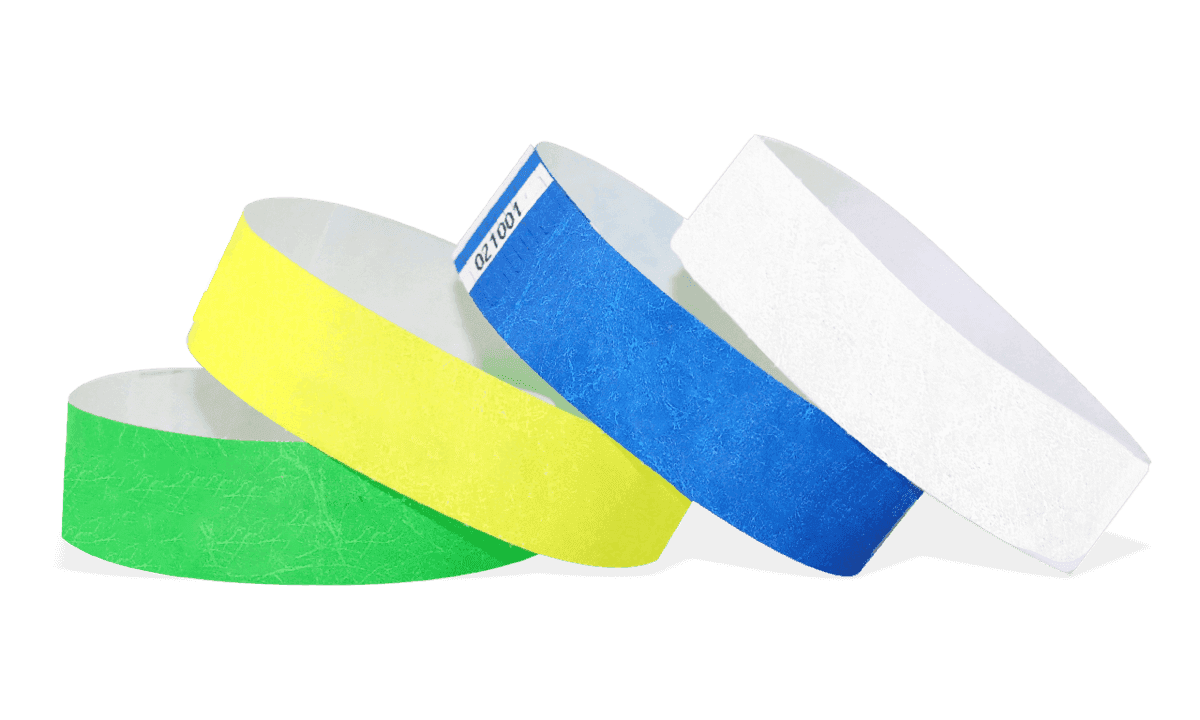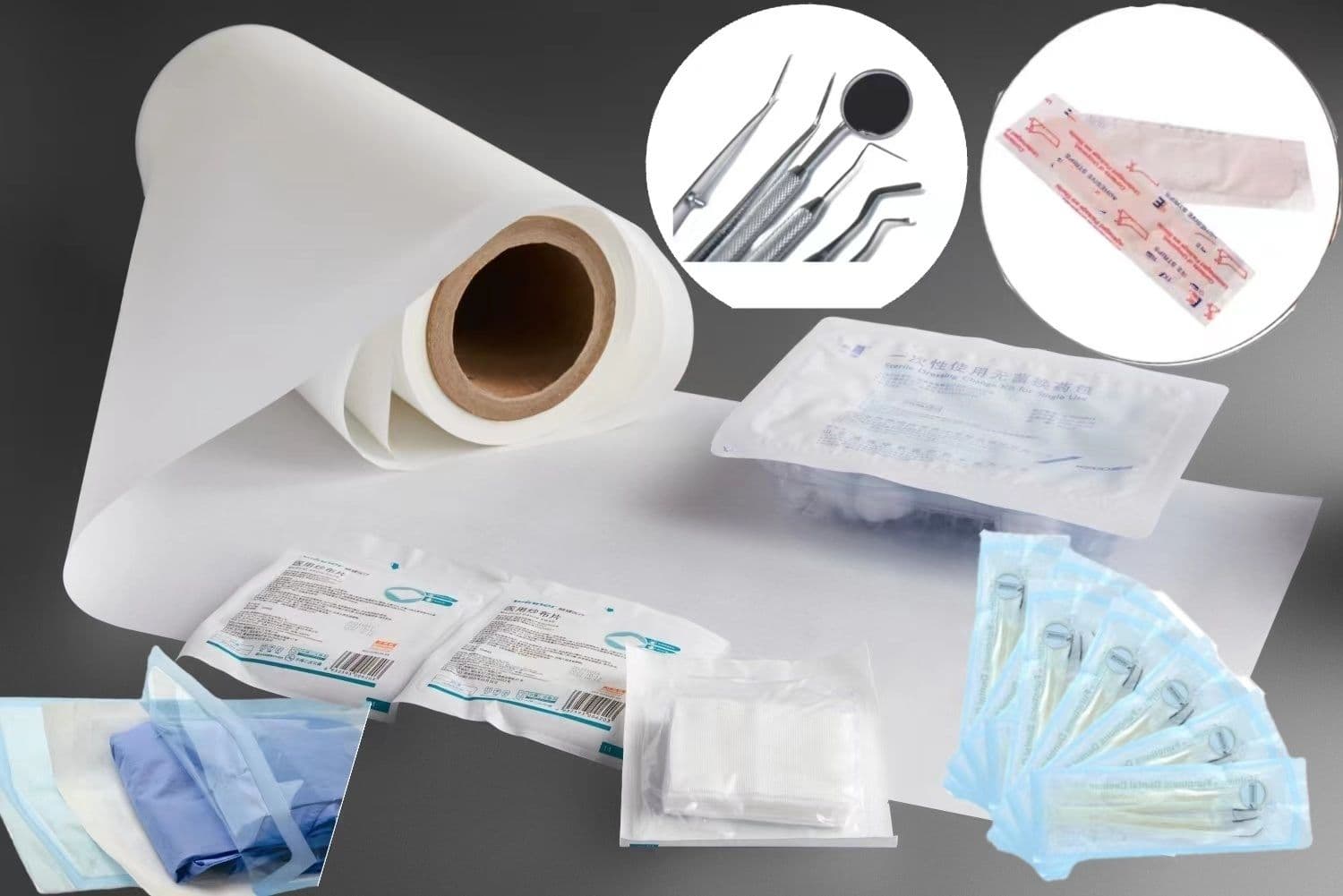The idea of labeling medical devices with a unique identifier has been around for many years, but was only passed into law in the USA in 2007. After a few years of discussion, the final rules regarding the Unique Device Identification system (UDI) were implemented in 2013, and now all medical devices must be marked in this way.
The motivation behind this move is simple enough – in the investigation of several clinical incidents, it was found that the medical devices in use could not be traced to a high enough degree of specificity. UDI implementation was therefore an attempt to allow devices to be traced to their place of manufacture.
The rules for the UDI system requires device labelers to include a unique device identifier on labels and packages, except in certain cases where the law allows for an exception or alternative. Every identifier must be provided in a human-readable, plain text format as well as a form that uses automatic identification and data capture (AIDC) technology.
Devices intended for more than one use must have their identifier marked directly onto the device, and dates must be printed in a standard format that is compatible with international standards and practice.
The identifier is a unique alphanumeric code that consists of two parts:
- A device identifier (DI), a mandatory, fixed portion of a UDI that identifies the labeler and the specific version or model of a device, and
- A production identifier (PI), a conditional, variable portion of a UDI that identifies one or more of the following when
- included on the label of a device:
- the lot or batch number within which a device was manufactured;
- the serial number of a specific device;
- the expiration date of a specific device;
- the date a specific device was manufactured;
- the distinct identification code required by §1271.290(c) for a human cell, tissue, or cellular and tissue-based product (HCT/P) regulated as a device.
These identifiers will be issued by FDA-accredited issuing agencies. Device labelers seek such FDA accreditation, allowing them to label their products, and the laws regulating the UDI system specify what information such companies need to provide to the FDA in order to make this application.
Some exceptions and alternatives are also provided for in the UDI rules, to ensure that the cost of implementing it is kept to a minimum. In addition, it is expected that the system will go into effect slowly, being gradually phased in over the course of seven years, to allow manufacturers and other labelers time to adjust to the new regime.
Whilst the Unique Device Identification system will inevitably impose new costs on medical device manufacturers and labelers, in reality most such organizations are already labeling their products with unique identifiers. The printers used today to print labels for medical devices are more than capable of printing complex, unique information onto medical packaging, whether this be made of paper or Tyvek.



